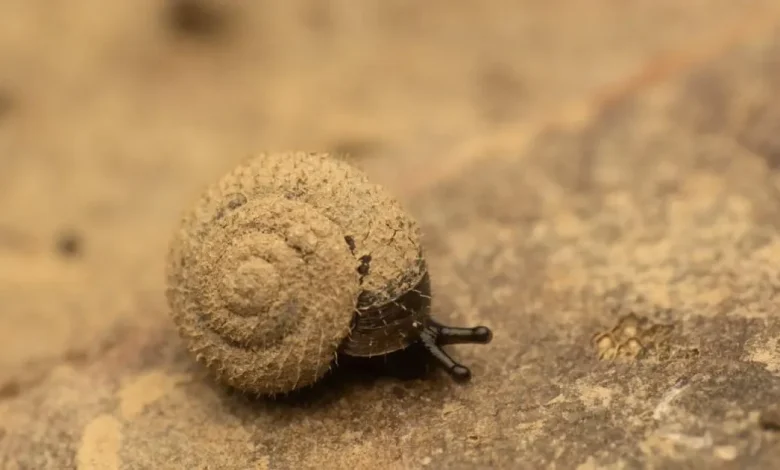Experts are on a mission to save some weirdly hairy German snails – here’s why

Conservationists are working to save a rare snail species found along the riverside of the Thames in London (Picture: PA)
If you go down to the Thames today you might find a nice surprise – a hairy snail.
A special project has been launched to save one of the UK’s most endangered and strangest molluscs.
Conservationists are carrying out a series of surveys to better understand the rare German hairy snails which can be found across London.
The finger-sized species, so named because of the tiny hairs on its shell which enable it to stick to surfaces, can be found in small patches along the Thames river.
A team led by Citizen Zoo and Zoological Society of London has been searching sites in Newham, Richmond upon Thames and Barnet to find and identify examples of the mollusc.
The snails are listed as a priority species for conservation in London’s biodiversity plan.
Although only first recorded in the UK in 1982, fossils suggest that hairy snails have inhabited the country since at least the Stone Age and may have even existed in the Ice Age.
This was when the British Isles were still connected to mainland Europe and the Thames ran into what is now called the Rhine in Germany, which now opens into the North Sea.
A team led by the Zoological Society of London is studying the snails and their habitat at various sites along the riverside (Picture: ZSL)
Joe Pecorelli, a freshwater conservation programme manager at ZSL, said: ‘This charming little snail has called our riverbanks and wetlands home for thousands of years – yet it is sadly now very rare in the UK, potentially restricted to just a few sites along the Thames.
‘These surveys will help us understand how the snail is faring and how we can protect it – not only securing their future for years to come, but also helping safeguard green spaces throughout London for people and wildlife for future generations.’
The team hopes to use their discoveries on the hairy snail to help protect and support other species in the capital’s waterways, including water voles, dragonflies and kingfishers.
The German hairy snail is a species that helps spark imagination and open people’s minds to the curious and diverse wildlife that can thrive across Greater London.
Latest London news
To get the latest news from the capital visit Metro’s London news hub.
Eliot Newton, the director of rewilding at Citizen Zoo, said: ‘It reminds us of the remarkable natural world that exists right on our doorstep.
‘The surveys show how, by working together across the capital with many partners and empowering local communities, we can gain a deeper understanding of London’s more hidden biodiversity and take steps to protect it.’
Get in touch with our news team by emailing us at webnews@metro.co.uk.
For more stories like this, check our news page.
Arrow
MORE: Is ‘alien’ comet 3I/ATLAS now targeting Jupiter? Harvard scientist lists 13 anomalies
Arrow
MORE: Earliest signs of life wriggling on Earth found in 3,300,000,000 year-old rock
Arrow
MORE: Nearly 13 million-year-old fossil named after Shakira ‘because they’re huge fans’
Comment now
Add Metro as a Preferred Source on Google
The Diaspora Dish
We’re cooking up something magical… Join the family, and look forward to exclusive interviews and unforgettable recipes.





